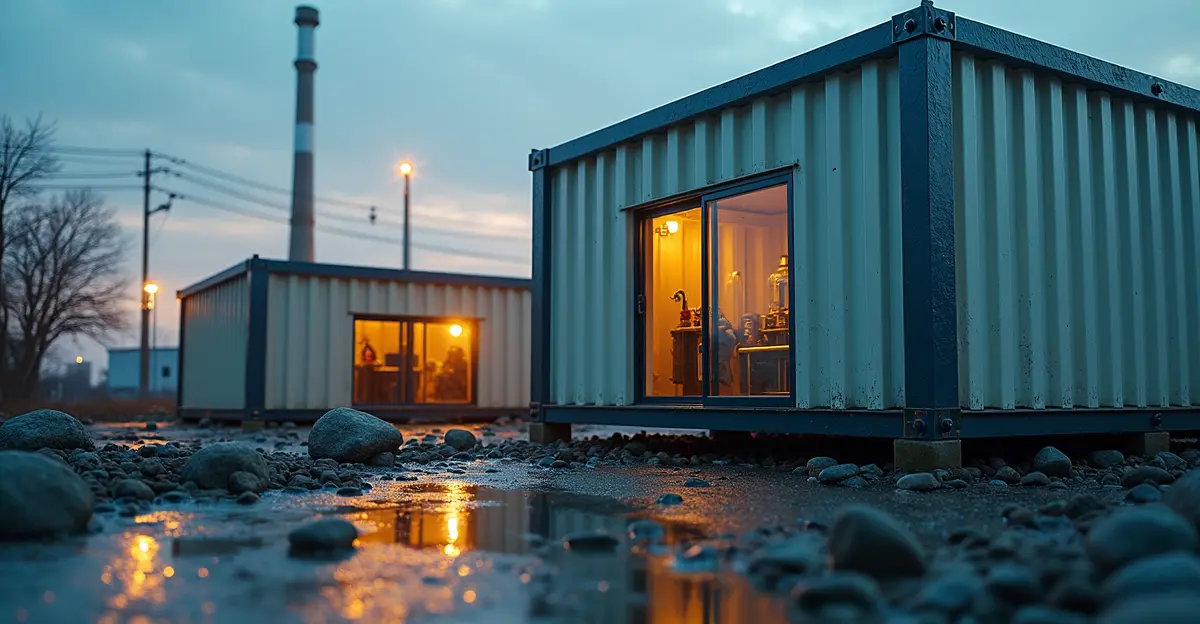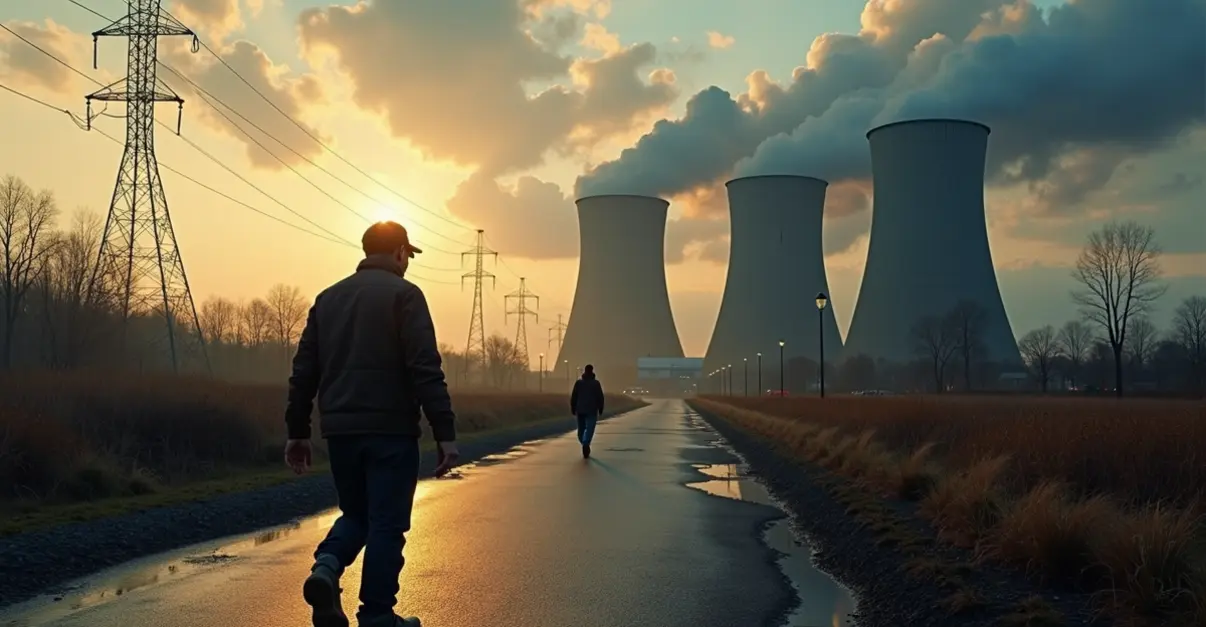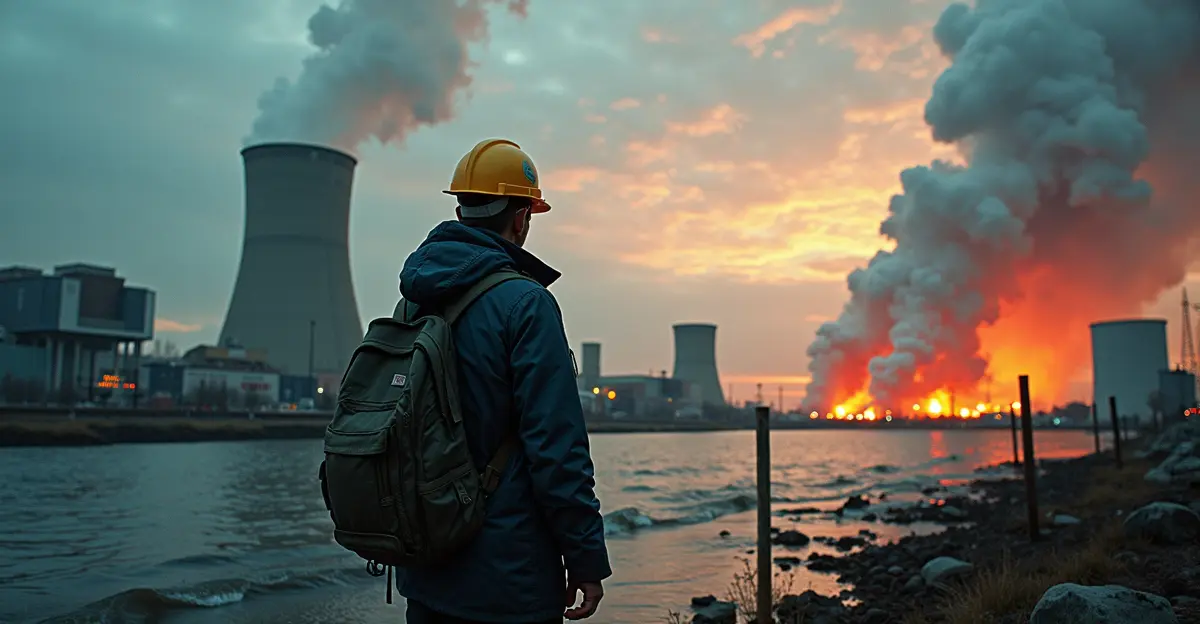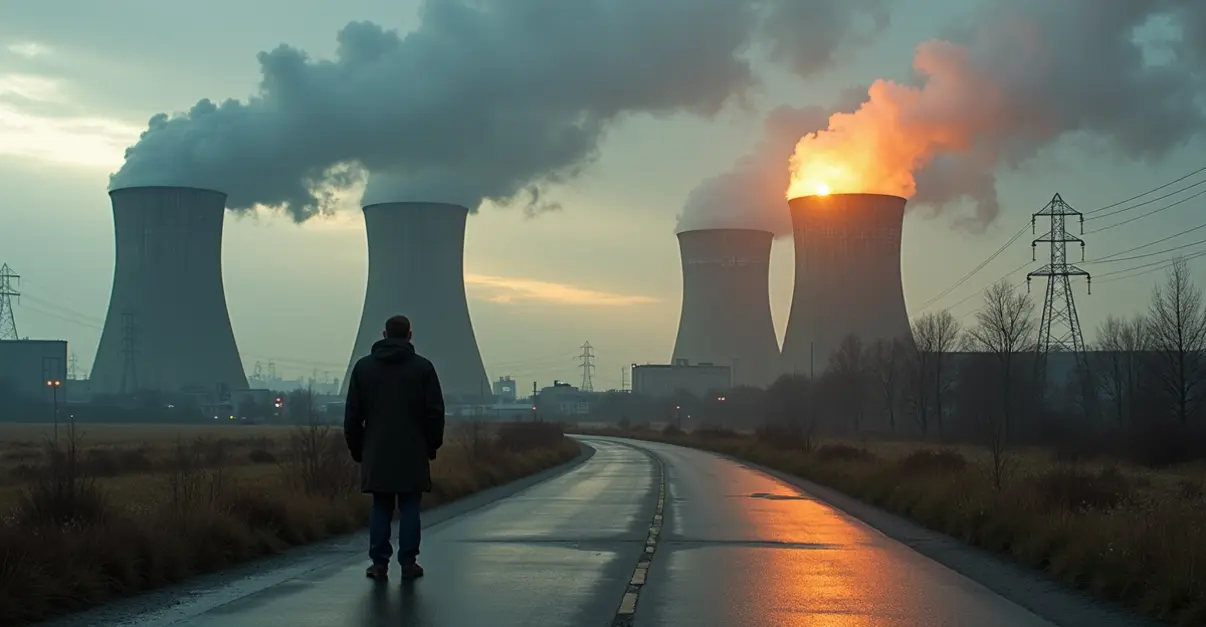Repairs begin at Zaporizhzhia nuclear plant after local ceasefire zones established, ending four-week blackout. IAEA confirms critical safety work underway with both sides cooperating.
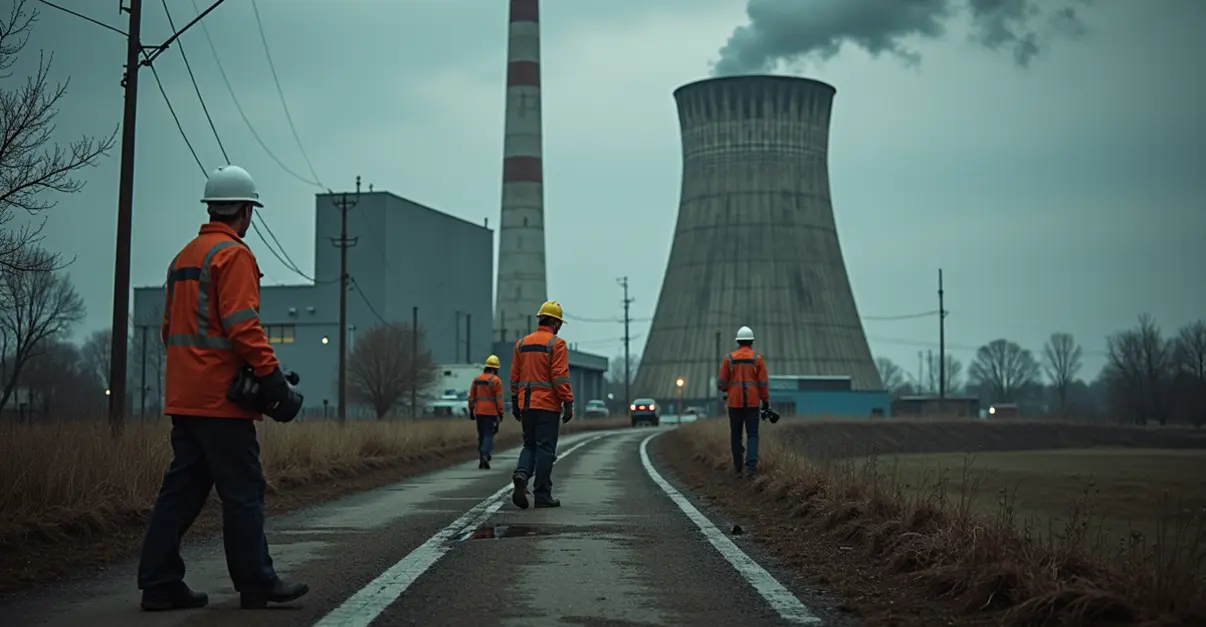
Critical Repairs Underway at Europe's Largest Nuclear Facility
In a significant development for nuclear safety, repair work has commenced at Ukraine's Zaporizhzhia Nuclear Power Plant following the establishment of rare local ceasefire zones between Russian and Ukrainian forces. The International Atomic Energy Agency (IAEA) confirmed that the complex repair operation began after both sides agreed to temporary truce arrangements to allow specialists to restore damaged power lines.
Unprecedented Four-Week Blackout
The Zaporizhzhia plant, Europe's largest nuclear facility with six VVER-1000 reactors, has been without external power since September 23, 2025, marking the longest blackout since Russia's full-scale invasion began in 2022. This represents the tenth time the facility has lost grid connection during the conflict, but the current outage has lasted significantly longer than previous incidents.
IAEA Director General Rafael Grossi emphasized the critical nature of the situation, stating: 'Restoration of off-site power is crucial for nuclear safety and security. Both sides engaged constructively to enable this complex repair plan to begin.' The plant has been relying on emergency diesel generators to maintain cooling systems for the shutdown reactors and spent fuel pools.
Two-Phase Repair Strategy
The repair operation follows a carefully negotiated two-phase plan. According to reports from CNN, the first phase involves repairing the main 750-kilovolt power line in Russian-controlled territory, while the second phase will address the backup 330-kilovolt line in Ukrainian-controlled areas. Local ceasefire zones have been established around the damaged infrastructure to protect repair crews.
A Ukrainian nuclear energy expert, speaking on condition of anonymity, told reporters: 'This is the most dangerous situation we've faced at Zaporizhzhia. The diesel generators are not designed for continuous operation over such extended periods, and any failure could lead to catastrophic consequences.'
Nuclear Safety Concerns
The Zaporizhzhia plant, which was captured by Russian forces in March 2022, requires constant power to maintain cooling systems for its six shutdown reactors and spent nuclear fuel storage. According to information from Al Jazeera, the facility has been operating on backup generators for over 20 days, creating unprecedented nuclear safety risks.
As noted in the Wikipedia entry for the facility, the plant normally generated nearly half of Ukraine's nuclear-derived electricity before the war. However, since its capture, the plant has not generated power and remains mostly shut down.
International Monitoring and Future Outlook
The IAEA maintains a permanent monitoring team at the facility to oversee nuclear safety conditions. Both sides continue to trade accusations regarding responsibility for the power outages, with Ukraine blaming Russian aggression and Russia claiming Ukrainian shelling caused the damage.
As repairs progress, international observers remain cautiously optimistic but emphasize that the situation remains fragile. The successful completion of the repair work could mark a rare instance of cooperation in the ongoing conflict, though the broader security situation around the plant remains highly volatile.

 Nederlands
Nederlands
 English
English
 Deutsch
Deutsch
 Français
Français
 Español
Español
 Português
Português






